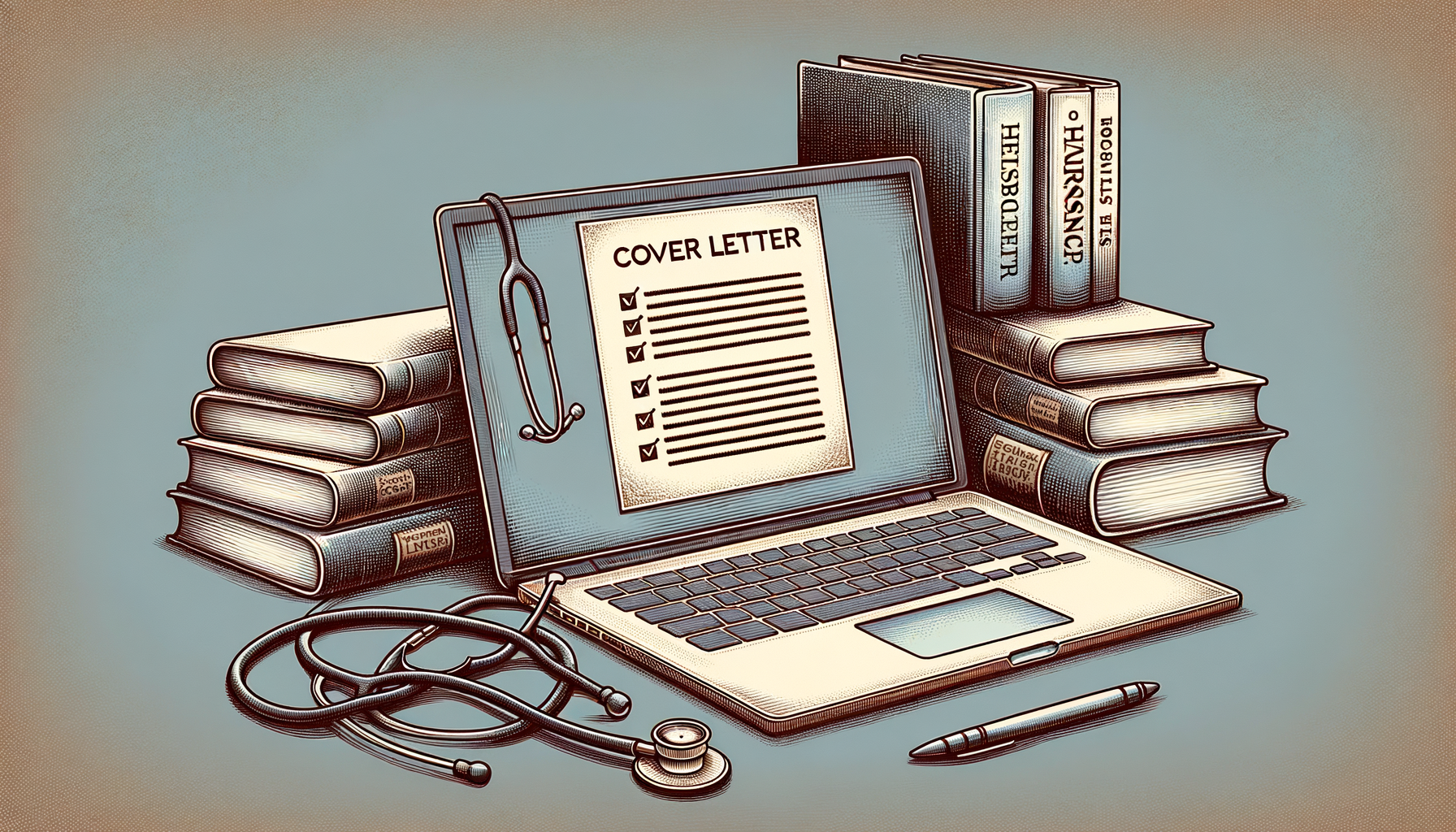Writing a leave application email is an essential skill for jobseekers and employees alike. Whether you need time off for personal reasons, medical emergencies, or vacation, crafting a clear and professional leave request can make a significant difference in how your application is received. This guide will walk you through the process of writing an effective leave application email, complete with examples and practical tips to help you communicate your needs respectfully and efficiently.
Understanding the Essentials of a Leave Application Email
Before diving into the step-by-step instructions, it’s important to understand what a leave application email entails. At its core, this email serves as a formal request to your employer or HR department, asking for permission to be absent from work for a specified period. The tone should be polite, concise, and professional, ensuring that your message is clear and respectful.
Key dimensions to consider when writing your leave application email include:
- The reason for your leave and its clarity
- The duration and specific dates of your absence
- How your work will be managed during your absence
- The appropriate tone and format for professional communication
- Including any necessary documentation or attachments
How to Write a Leave Application Email with Examples - Step by Step
Writing a leave application email can seem daunting, but breaking it down into manageable steps makes the process straightforward. Below are five essential steps to help you compose a professional and effective leave request email.
Step 1: Start with a Clear Subject Line
Your subject line should immediately convey the purpose of your email. Use simple and direct language such as “Leave Application for [Dates]” or “Request for Leave from [Start Date] to [End Date].” This helps your manager or HR quickly identify the nature of your email without opening it.
Step 2: Begin with a Polite Greeting
Address your recipient respectfully, using their proper title and name. For example, “Dear Mr. Smith” or “Hello Ms. Johnson.” This sets a professional tone and shows respect for the person you are contacting.
Step 3: State the Purpose of Your Email Clearly
In the opening sentence, mention that you are requesting leave and specify the dates you intend to be away. Be straightforward and avoid unnecessary details at this stage. For example, “I am writing to request leave from March 10th to March 15th due to personal reasons.”
Step 4: Provide a Brief Explanation and Work Plan
Briefly explain the reason for your leave if appropriate, but keep it professional and concise. Additionally, mention how you plan to manage your responsibilities during your absence, such as delegating tasks or completing urgent work beforehand. This reassures your employer that your absence will not disrupt workflow.
Step 5: Close with a Polite Request and Contact Information
End your email by politely requesting approval and expressing gratitude for their consideration. Include your contact details in case they need to reach you during your leave. For example, “Thank you for considering my request. Please let me know if you need any further information. I can be reached at [phone number] or [email].”
What You Need to Remember
Following the step-by-step guide ensures your leave application email is professional and effective, but there are additional do’s and don’ts to keep in mind. These key points help you avoid common pitfalls and increase the likelihood of your leave being approved smoothly.
Do’s
- Do keep your email concise and to the point, avoiding unnecessary details.
- Do proofread your email for grammar and spelling errors to maintain professionalism.
- Do provide sufficient notice before your intended leave dates whenever possible.
- Do offer solutions for managing your workload during your absence.
- Do attach any required documents, such as medical certificates, if applicable.
Don’ts
- Don’t use informal language or slang in your email.
- Don’t leave your manager guessing about your return date or availability.
- Don’t forget to follow up if you don’t receive a response within a reasonable timeframe.
- Don’t make your leave request sound like a demand; always be polite and respectful.
- Don’t omit important details that could affect your leave approval.
By adhering to these guidelines, you demonstrate professionalism and respect for your employer’s time and policies. This approach not only increases your chances of approval but also helps maintain a positive working relationship.
Frequently Asked Questions
- How far in advance should I send a leave application email? It’s best to send your leave request as early as possible, ideally at least two weeks before your intended leave, to give your employer ample time to plan.
- What if I need emergency leave and can’t provide advance notice? In emergencies, notify your employer as soon as possible via phone or email, explaining the situation honestly and following up with a formal leave application when feasible.
- Should I include personal details in my leave application? Only include necessary information. Keep explanations brief and professional, especially if the reason is sensitive or personal.
- Can I request partial days off in a leave application email? Yes, specify the exact hours or partial days you need off clearly in your email to avoid confusion.
- What if my leave request is denied? If your request is denied, ask for clarification politely and explore alternative dates or solutions that work for both you and your employer.
Conclusion
Writing a leave application email doesn’t have to be stressful. By following the clear, step-by-step guide outlined above, you can craft a professional and respectful request that communicates your needs effectively. Whether you’re requesting time off for personal reasons, health, or vacation, starting with a well-structured email sets the right tone and increases your chances of approval. When you’re ready, use these steps as your foundation to write your own leave application email confidently and professionally.






